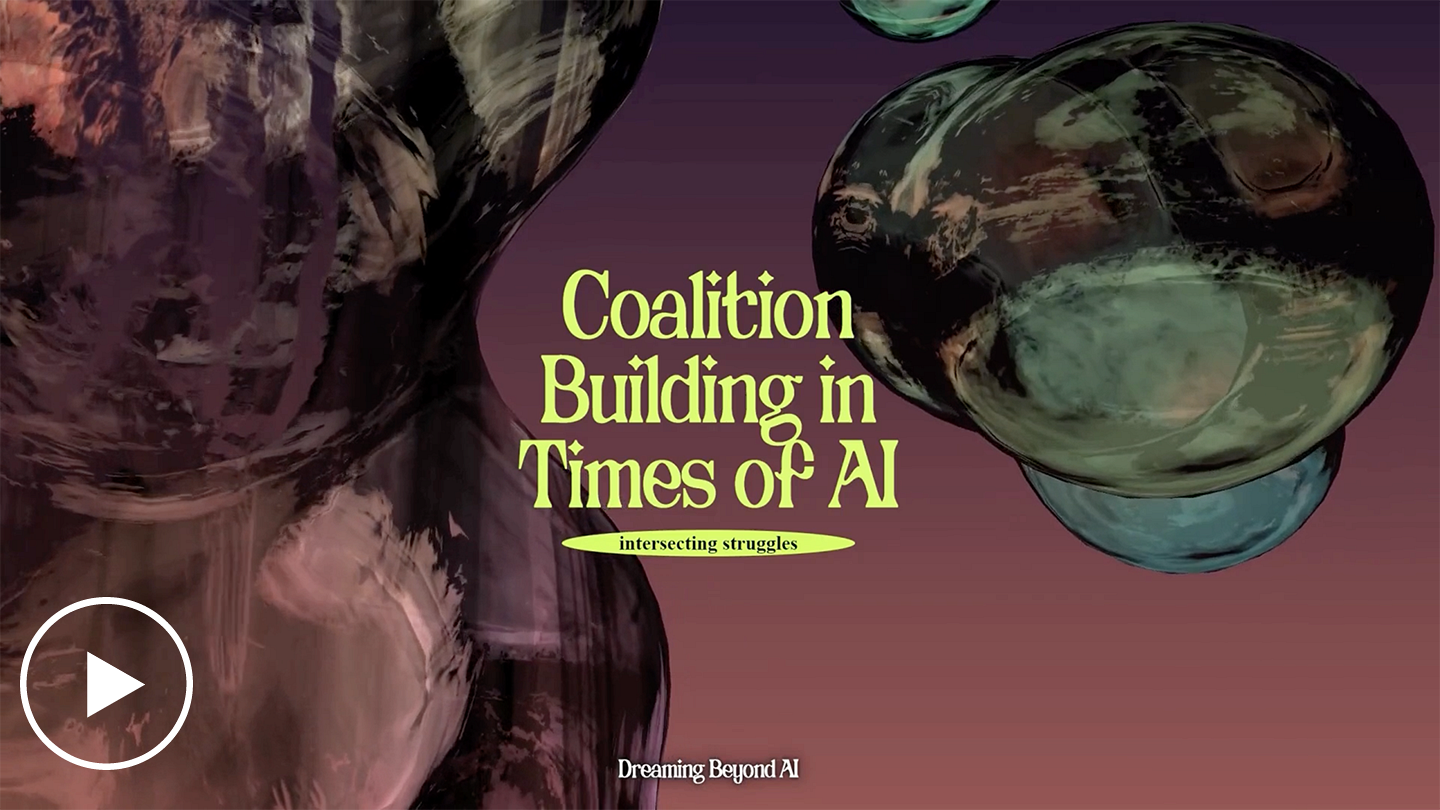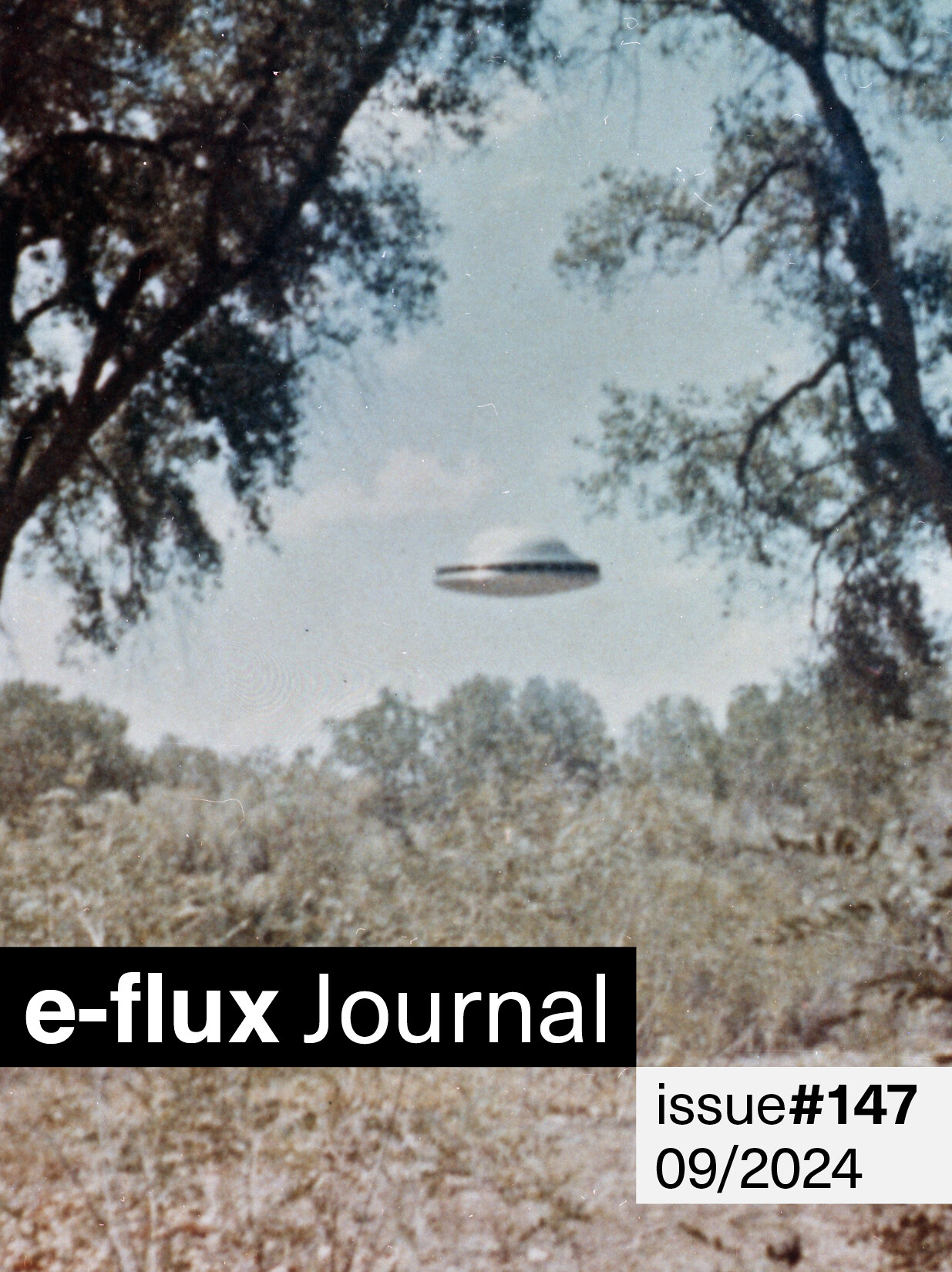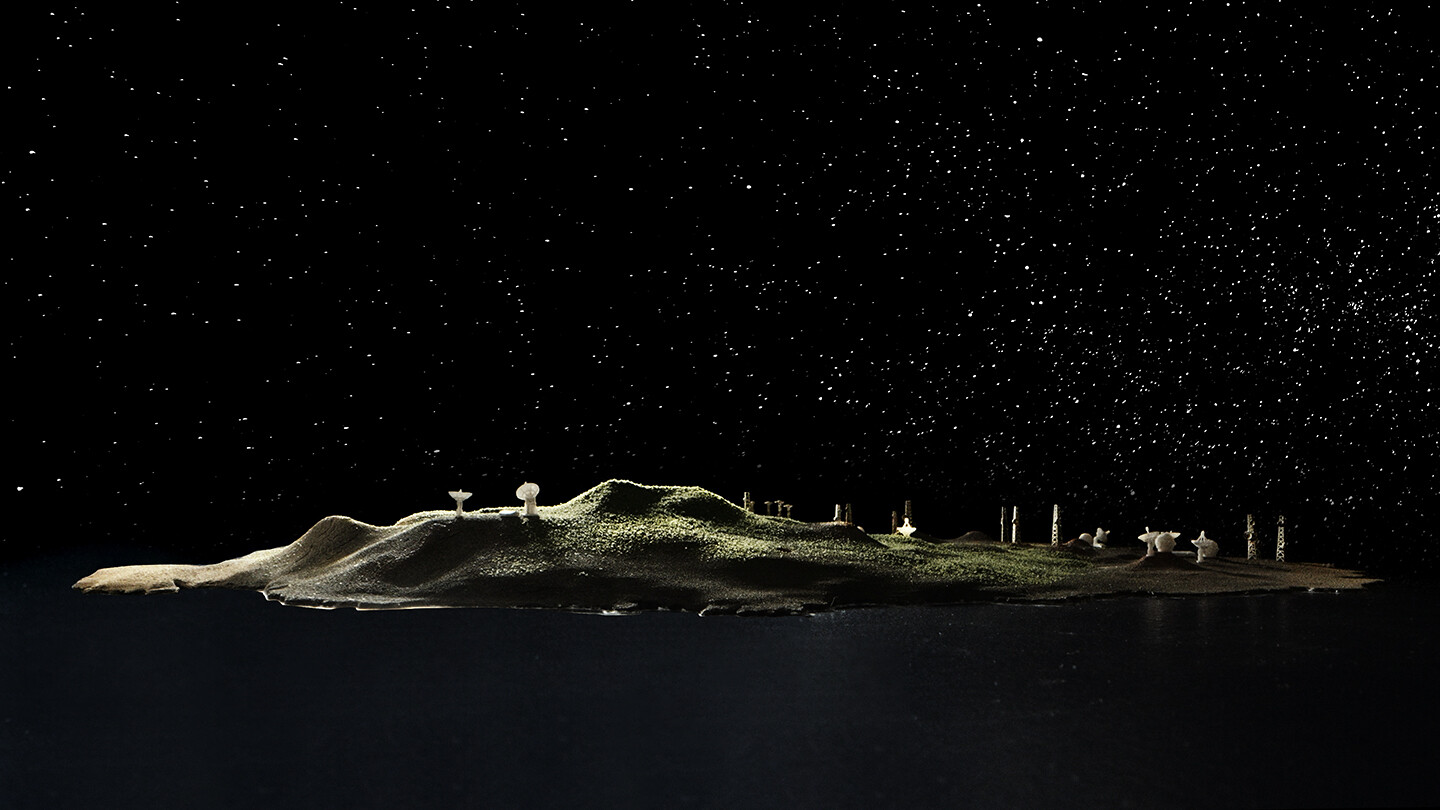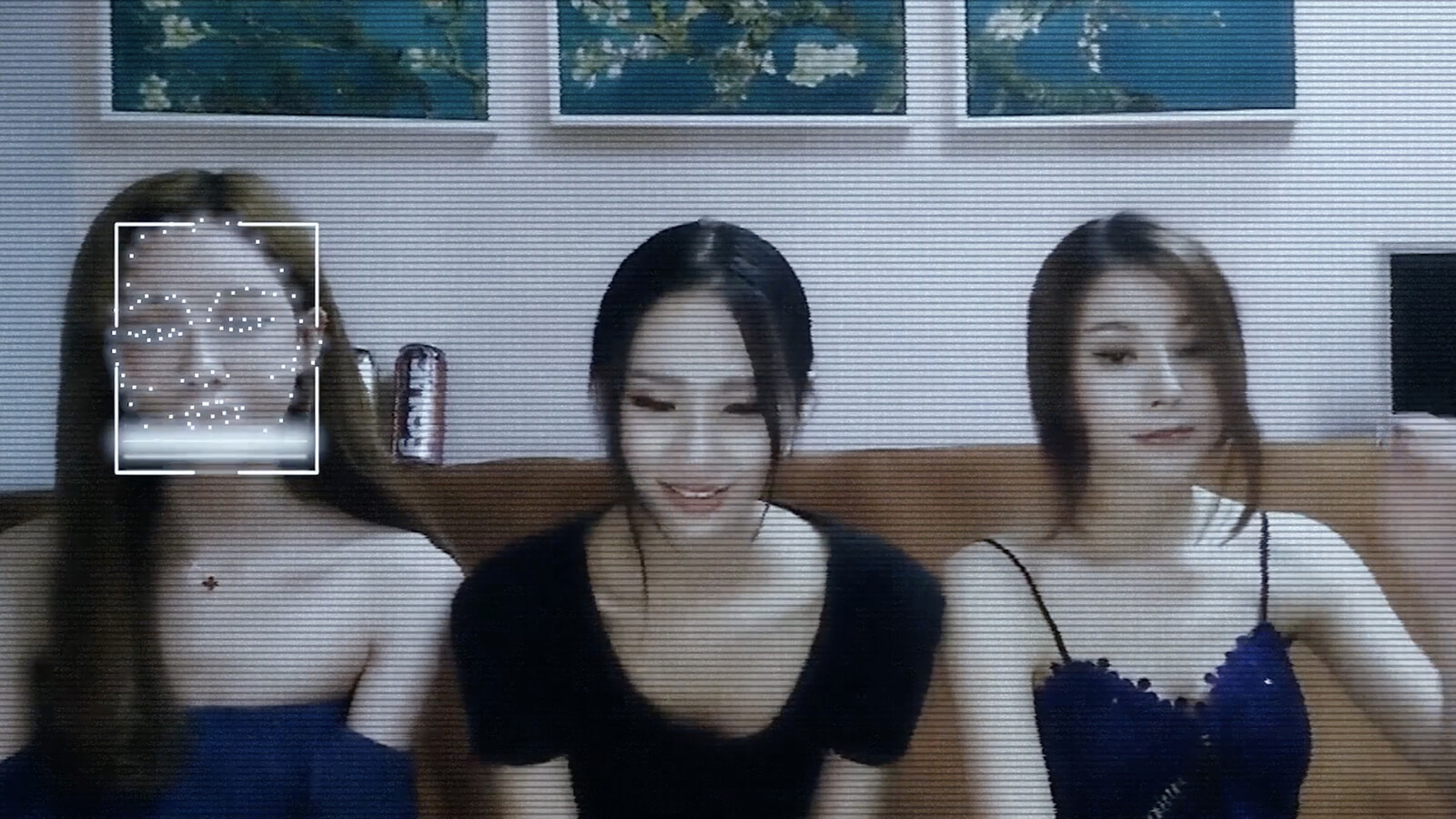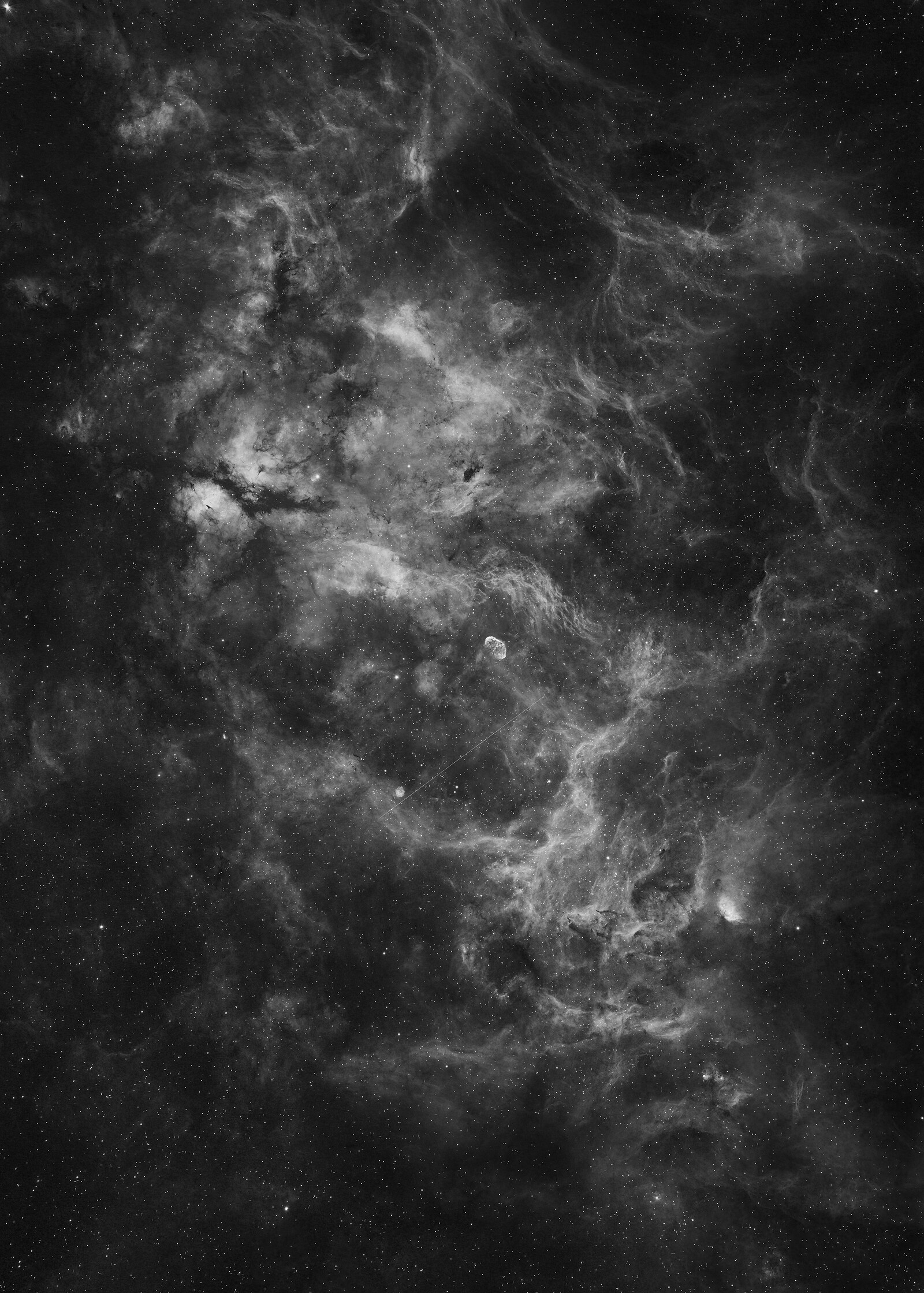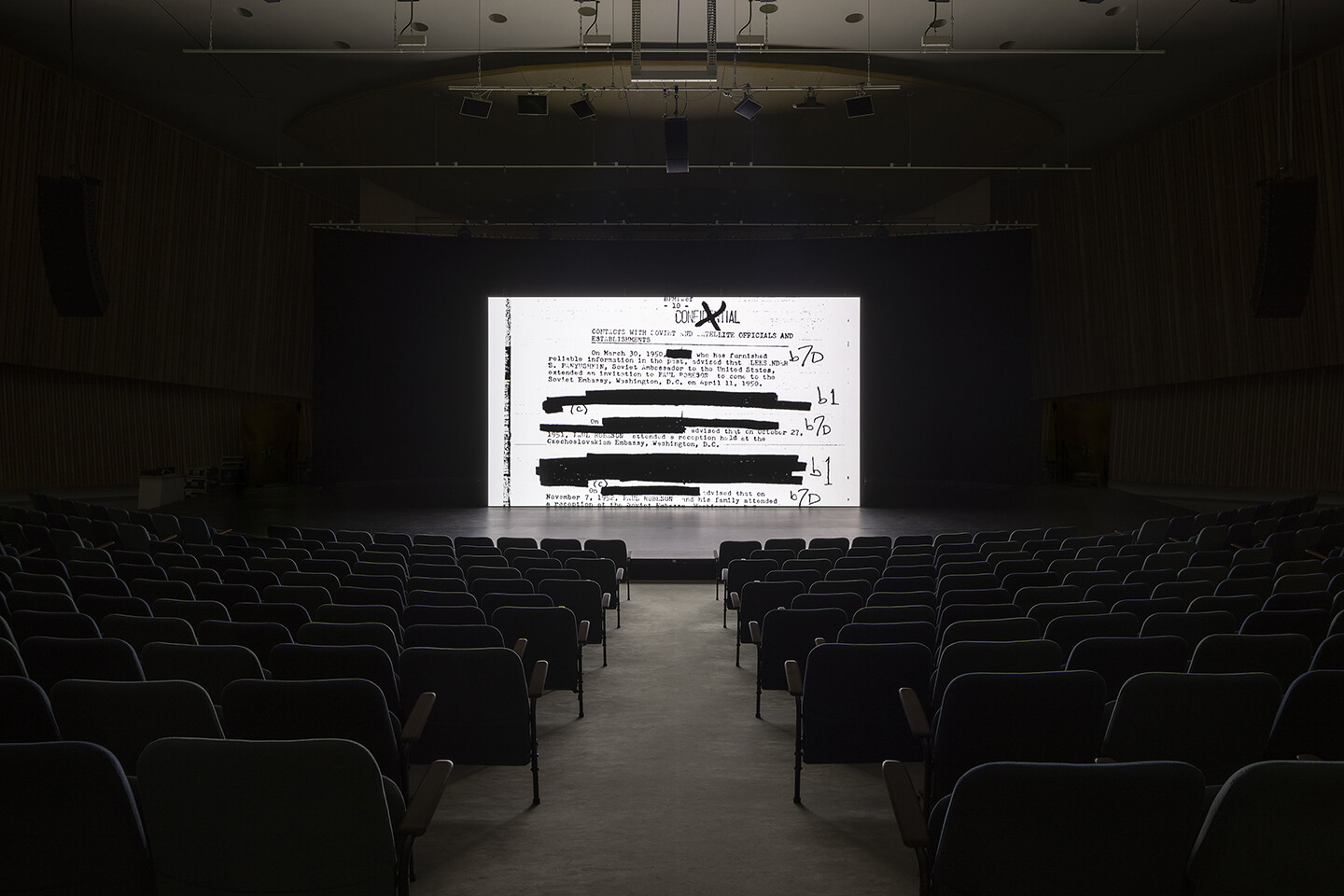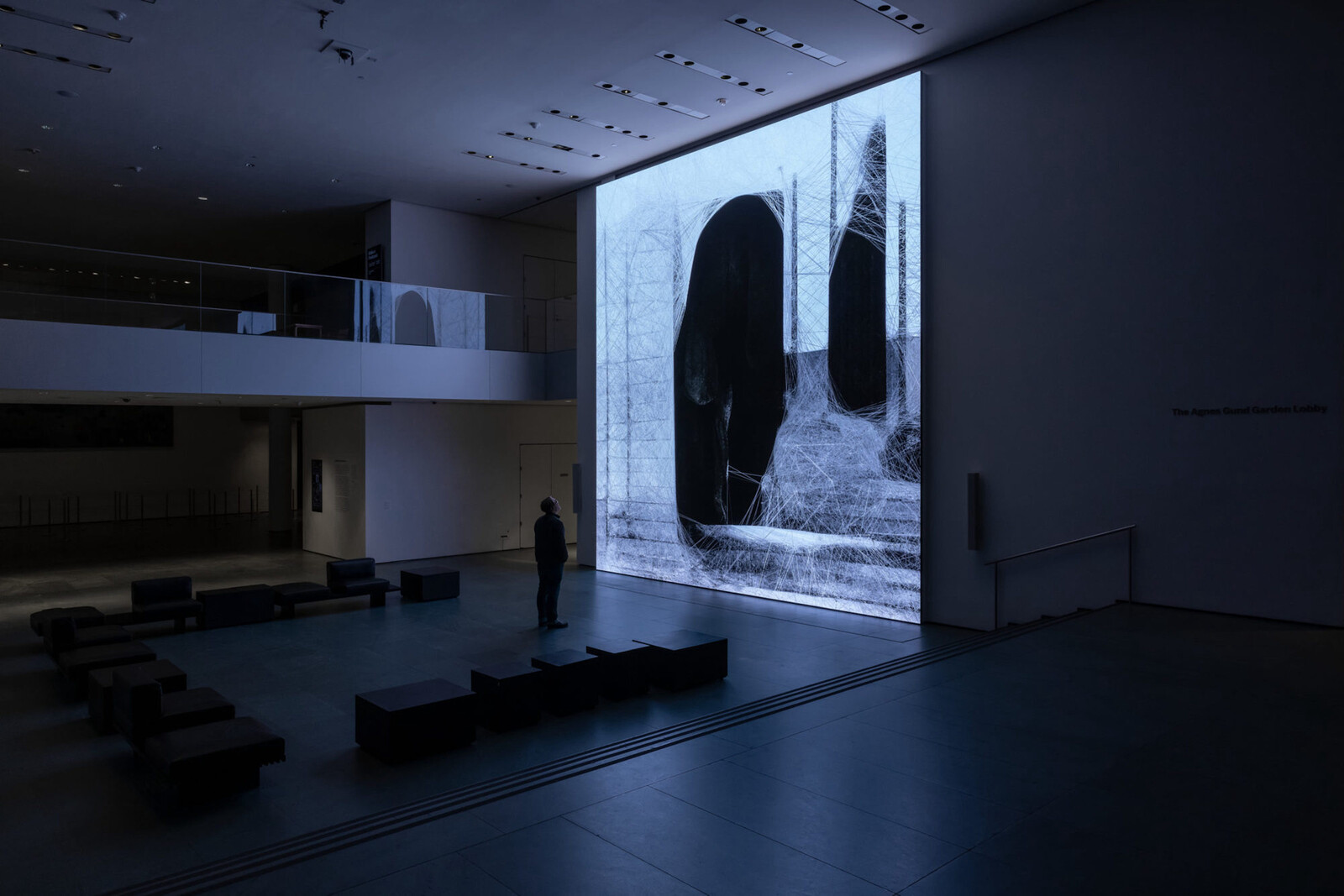Our mind makes predictions about what it thinks we will see, and shows us hallucinated projections of the near future. When a baseball batter sees a ball traveling towards them, they’re not seeing the actual ball, but a hallucinated projection of where the mind thinks the ball will travel. The batter swings at the hallucination. If all goes well, the hallucinated ball is temporally synched to where the actual ball should be. When we zoom out from the mechanics of motor function and temporal synchronization, the story of visual perception becomes even more unstable.
James Hoff, in collaboration with Ben Kudler
We can think of magic as a type of media. One that operates in the world of preconscious perception, playing with associations, expectations, symbols, and other forms of media to alter perception, to influence behavior, to affect the physical world, and to produce any number of other effects. To study magic is to study the quirks, foibles, and everyday hallucinations that characterize human perception, and to use those gaps between reality-as-it-is and reality-as-it-is-perceived as a vehicle for making supernatural-seeming interventions into perceived reality.
If the postwar media landscape was characterized by spectacle, and the late twentieth and early twenty-first century by an age of surveillance, then we are entering a new phase. One marked by affective computing, machine learning–enabled optimization, neuroscience, and cognitive psychology. A mediascape that has little use for distinctions between real and fake, signifier and signified. That assumes no distinction between perception and reality even as it attempts to intervene as directly as possible into the brains and emotional makeups of its experiencers.
Though Hasenbosch was a victim of heteropatriarchy, he was also undoubtedly an agent of Empire. He showed no signs of resistance against the murderous unworlding campaigns of the Dutch East India Company. His only divergence from the terms of order was his sexual desire for men, which had no place in the white Christian doctrine central to the Dutch empire’s command structure. As such, Hasenbosch was exiled from the very world he had helped to propagate.
Suneil Sanzgiri: Screening and Conversation
There was a structure. Things which were revealed were sealed. It was done in such an orderly fashion because, of course, these things were classified. Now they’re unclassified, but they’re still classified in a way because we don’t see all the evidence or facts that had apparently been gathered. It’s decorative to a certain extent: what is revealed and what is unrevealed, what is fact and what is fiction. So then it’s about what the spectator projects onto those files. The blackness was almost like holes within the system. Those holes tell you a lot about the failures of state surveillance, and more than anything, about the triumphs of the Robesons.



